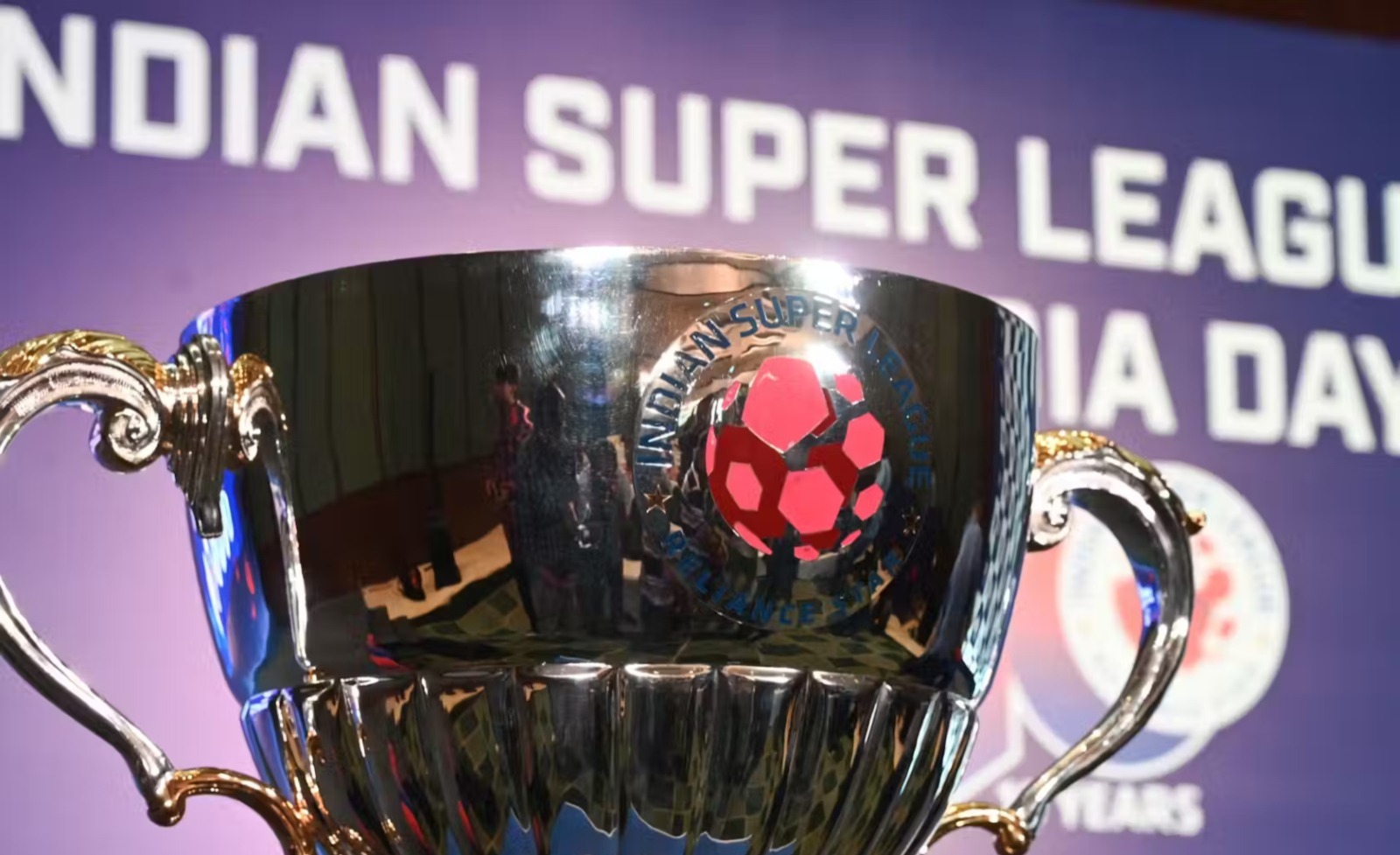
-Rahul Giri & Debasis Sen
The All India Football Federation’s attempt to find a new commercial partner for the Indian Super League (ISL) has ended in disappointment, as the tender process officially closed on November 7 without a single bid being submitted. What was expected to be a turning point for Indian football’s top-tier competition has instead revealed the sport’s underlying financial and governance challenges — raising serious questions about its commercial viability and long-term stability.
Despite months of preparation, multiple deadline extensions, and four companies engaging in pre-bid discussions, none of them — including Football Sports Development Limited (FSDL), the former rights holder, Dream Sports-owned FanCode, Conscient Heritage Group, and a foreign consortium — submitted a final proposal. This outcome has left the AIFF facing one of its biggest setbacks in recent years.
A Tender That Failed to Inspire Confidence
The Request for Proposal (RFP), released on October 16, aimed to appoint a new commercial partner to oversee ISL’s broadcasting, sponsorship, and marketing operations for the next 15 years. However, the document failed to inspire confidence among potential bidders. The structure of the tender, according to several stakeholders, did not address the fundamental issues that have plagued Indian football’s ecosystem.
While the RFP demanded a minimum annual payment of ₹37.5 crore or 5% of gross revenue (whichever was higher), it offered limited flexibility and virtually no governance role to the commercial partner. Instead, it kept all operational and commercial decision-making powers with the AIFF — from scheduling and production rights to even digital and website management. This imbalance, experts say, made the proposal unviable for credible investors.
One industry observer described it as a “no-win situation,” where the federation retained control and wanted guaranteed income, without sharing accountability or risk. “The model remains top-heavy, with no skin in the game for AIFF,” the person noted.
A Legacy of Financial Losses
For over 15 years, the ISL ecosystem — led by FSDL and its partner clubs — has invested heavily in developing the league and football infrastructure. According to industry figures, the ecosystem has collectively incurred losses exceeding ₹5,000 crore during this period, with nearly two-thirds of the investment coming from Reliance Industries’ subsidiaries.
While such sustained investment brought structure, visibility, and professionalism to Indian football, it also exposed the economic fragility of the ecosystem. Stadium maintenance, player salaries, broadcast production, and grassroots commitments have outpaced revenues, leaving most clubs dependent on corporate backers rather than sustainable income.
By not addressing these underlying issues in its new tender, the AIFF failed to convince potential partners that the model could turn profitable or even self-sustaining. The historical financial losses of the ecosystem were left unacknowledged in the RFP — a decision that only deepened investors’ hesitation.
Control Without Collaboration
Beyond financials, the tender’s governance structure was another deterrent. The RFP positioned AIFF as the ultimate decision-maker in every operational aspect, from marketing campaigns to competition management. In contrast, the commercial partner was expected to shoulder all financial risks, manage logistics, and ensure the league’s execution.
This top-down approach contrasts sharply with successful global league models, like the English Premier League, where federations and commercial entities operate through joint ventures, ensuring shared accountability, revenue transparency, and governance participation. A collaborative framework could have encouraged more bidders, but AIFF’s insistence on retaining full control alienated potential investors.
Indian Football’s Harsh Reality
The failed tender also reflects a larger truth. Indian football, in its current form, remains a difficult product to sell commercially. Despite passionate fan bases and visible progress in infrastructure, the sport struggles with low broadcast revenues, inconsistent league structures, and limited international success.
For years, FSDL and the Reliance Foundation have carried much of the load in building football from the grassroots level. Their initiatives — including the Reliance Foundation Young Champs (RFYC), the Development League (RFDL), and the Next Gen Cup in partnership with the Premier League — have provided opportunities for thousands of young players. More than ₹300 crore has been invested in these programs, which have produced talent for India’s U-23 and senior teams.
Yet, without a robust commercial framework, such developmental efforts risk stagnation.
The Road Ahead
The AIFF has announced that its Bid Evaluation Committee will meet over the weekend to assess the situation and decide the future course of action. The federation is expected to rework its tender terms to attract investors.
For now, however, the episode serves as a reality check. Indian football stands at a crossroads with its financial sustainability, governance structure, and credibility in question.
Also Read: No Takers for ISL Tender, Leaving Indian football’s Future in Doubt




